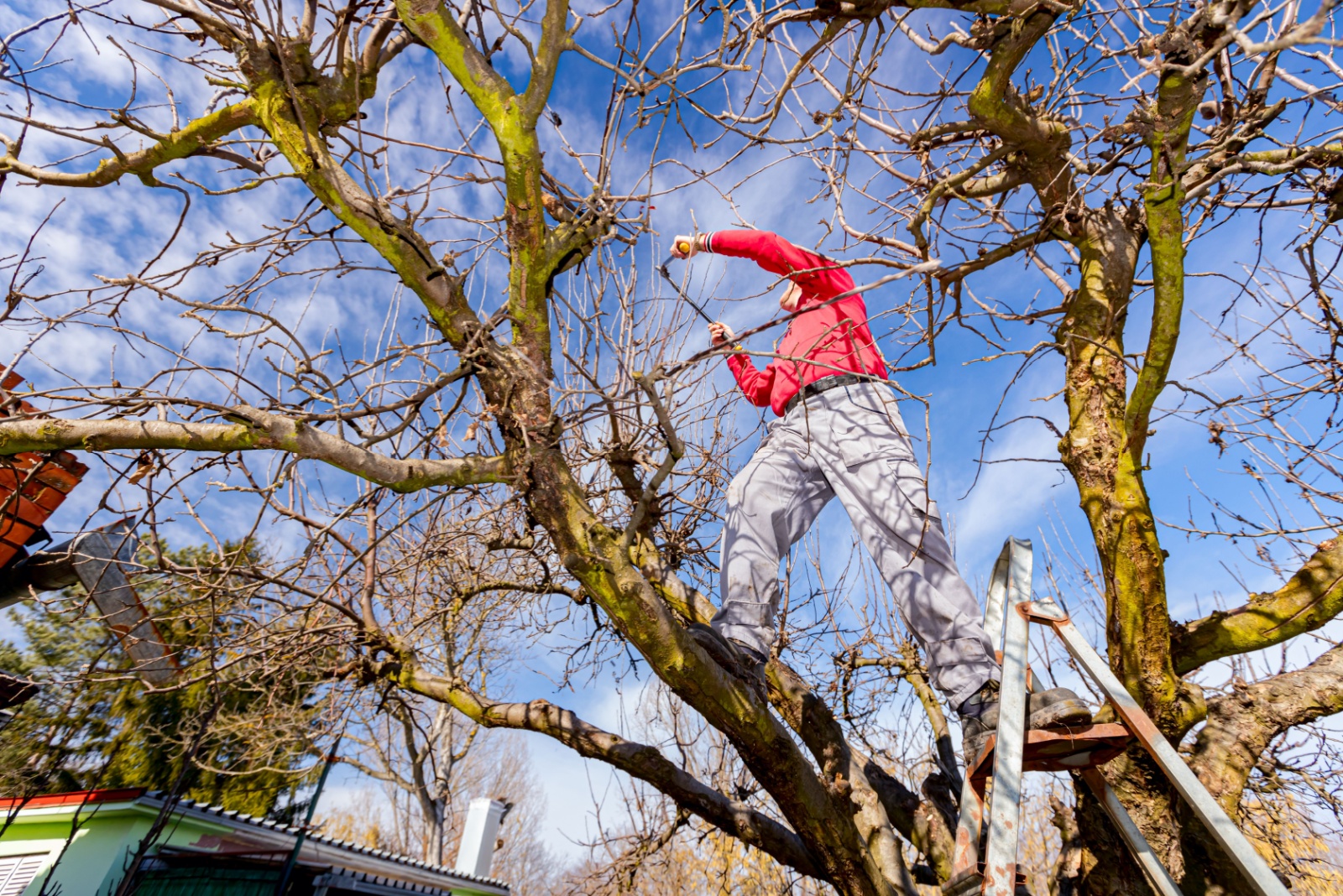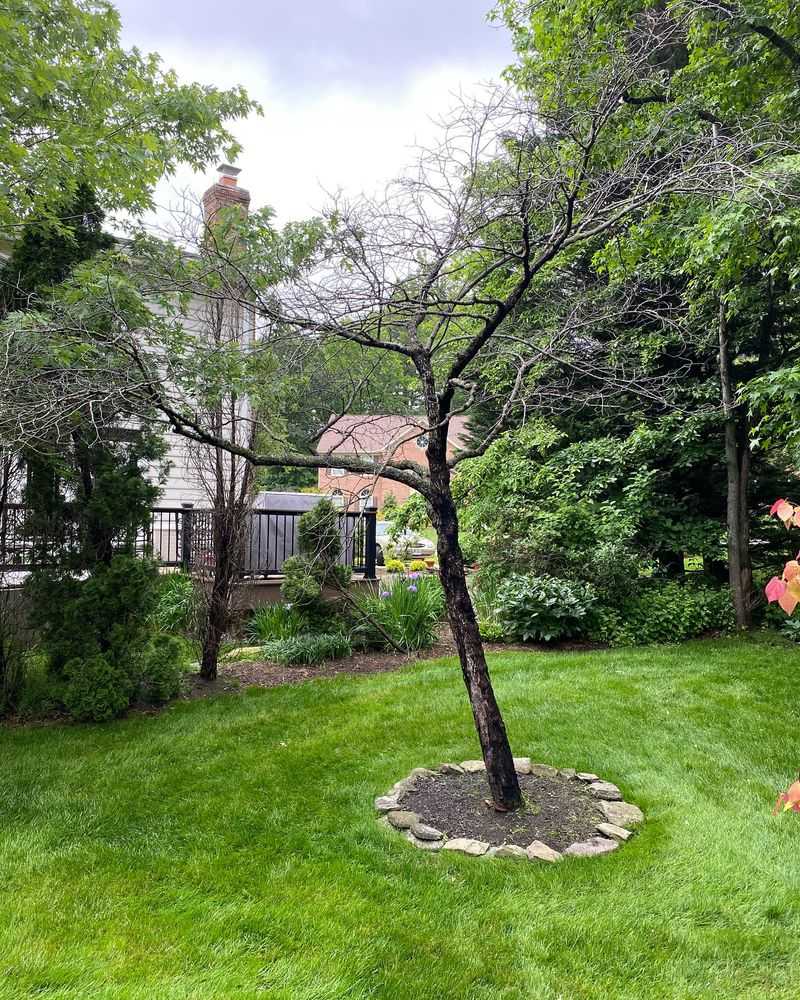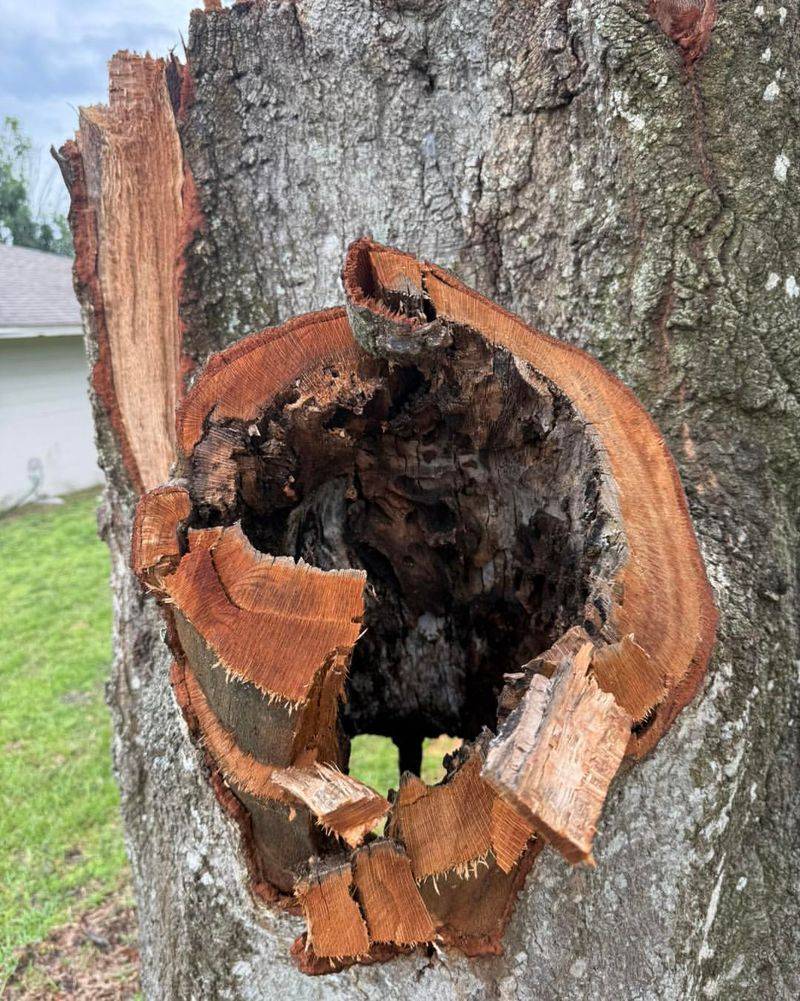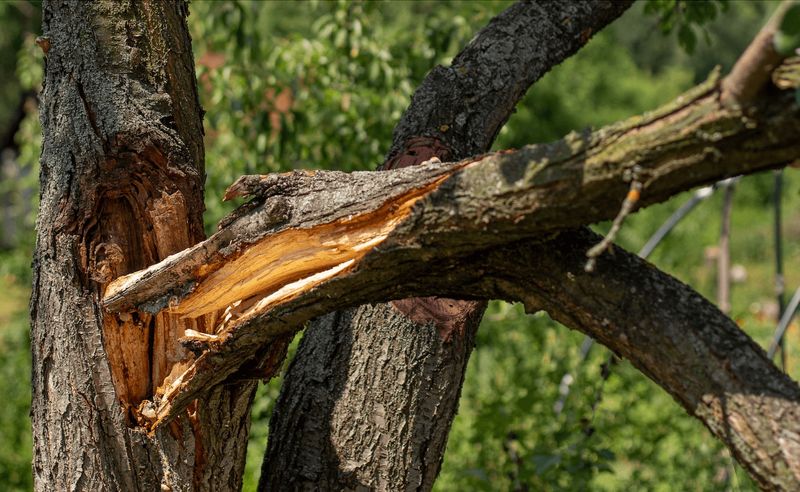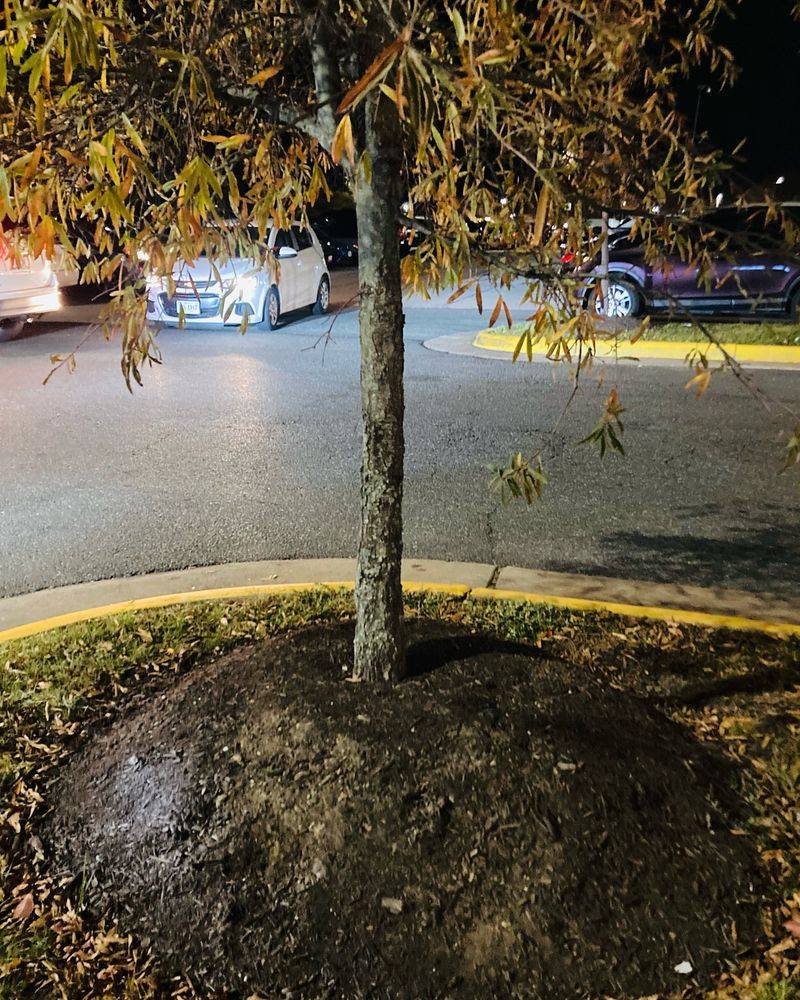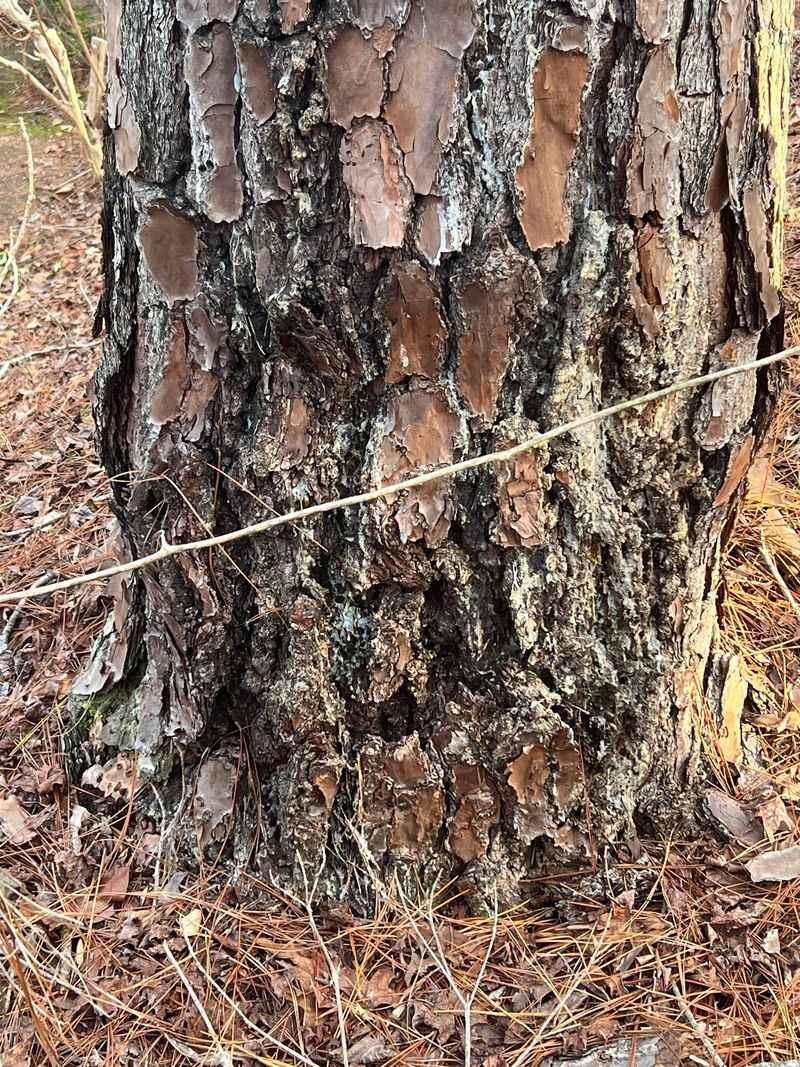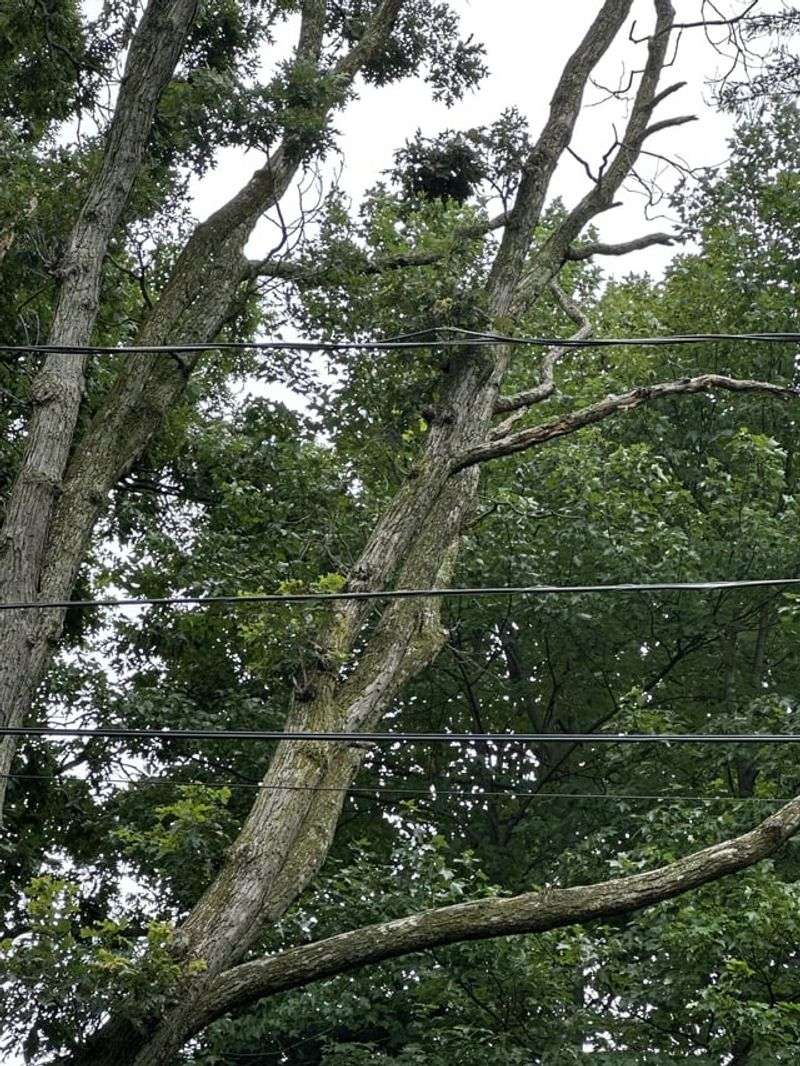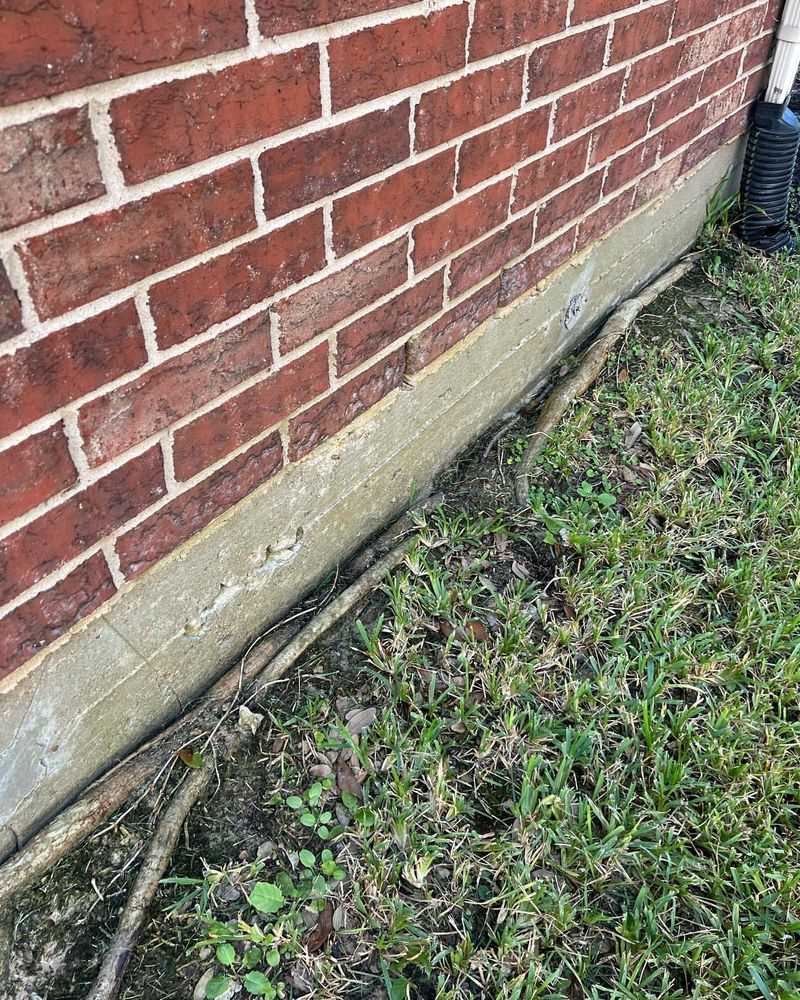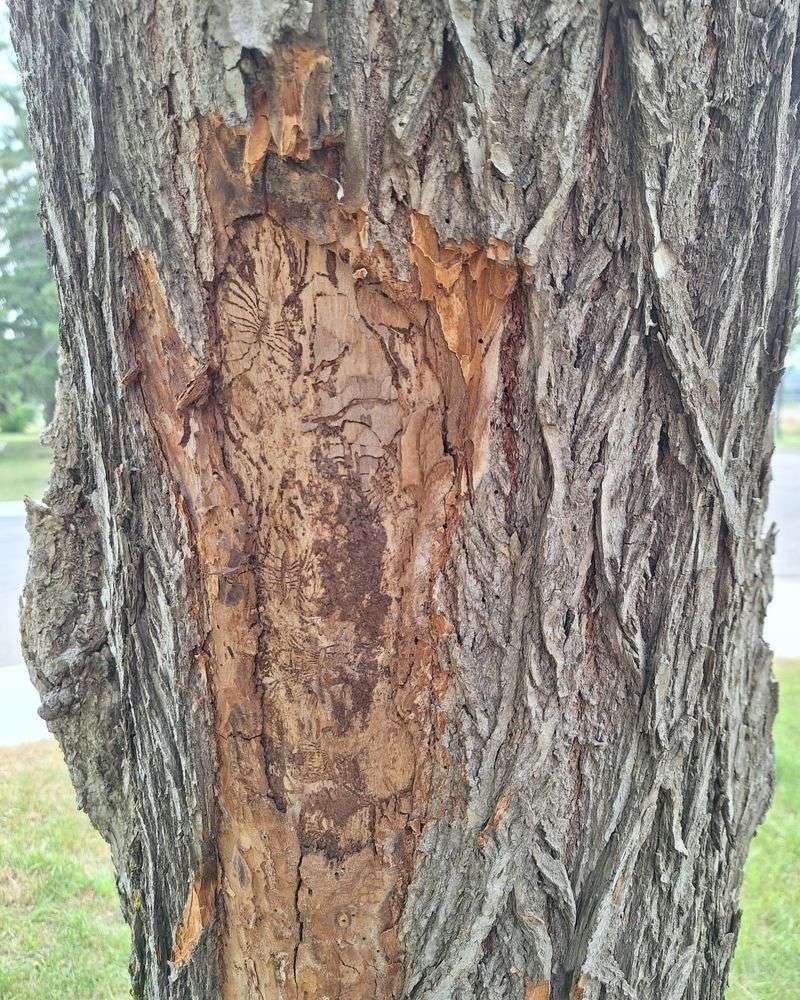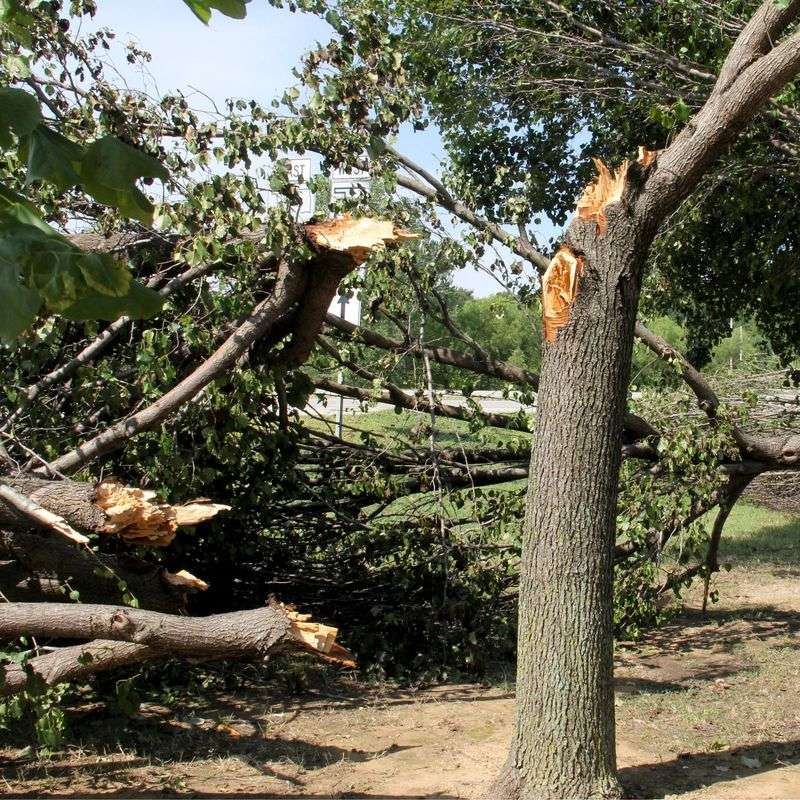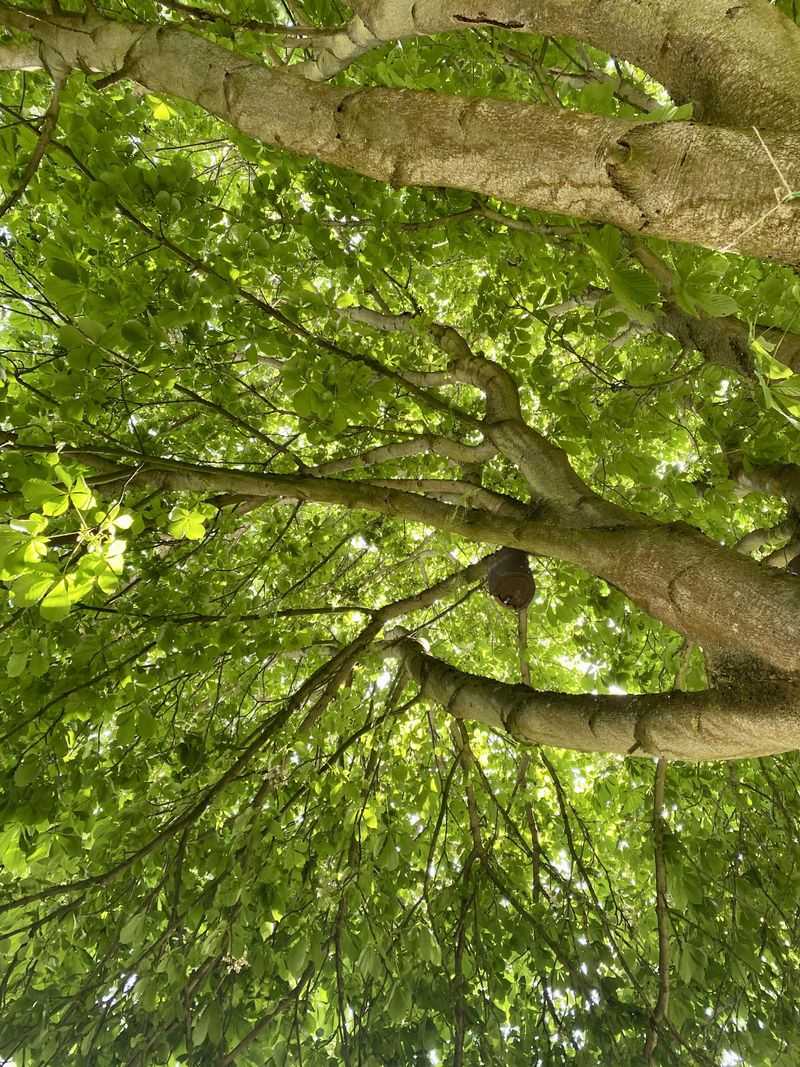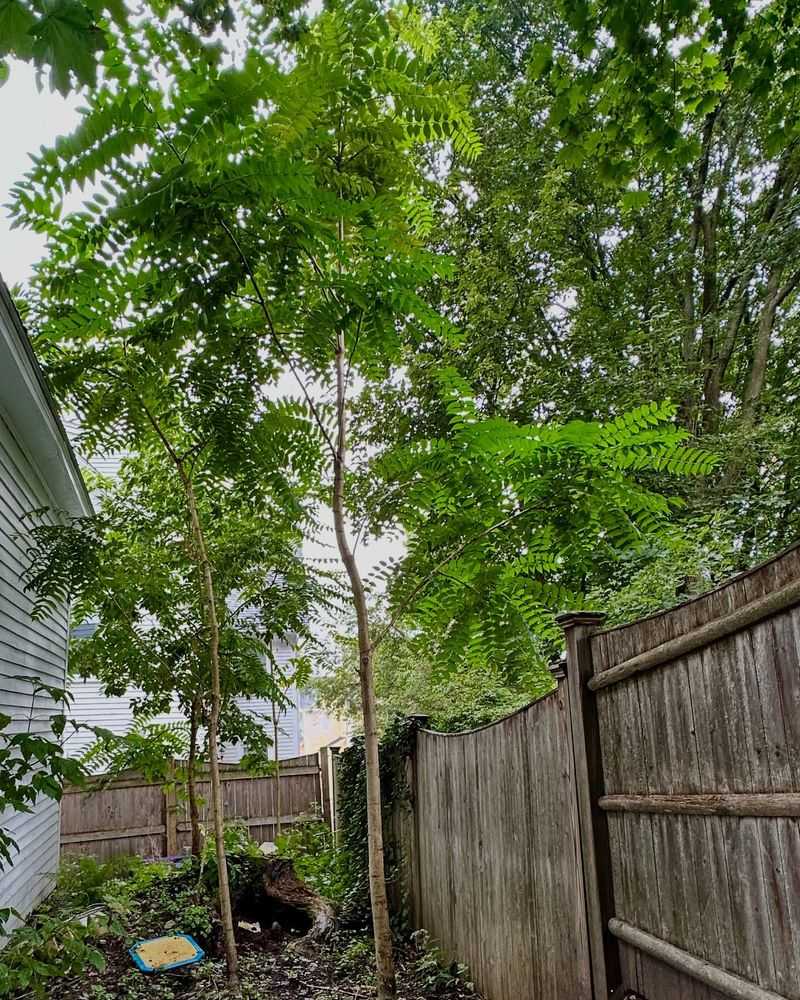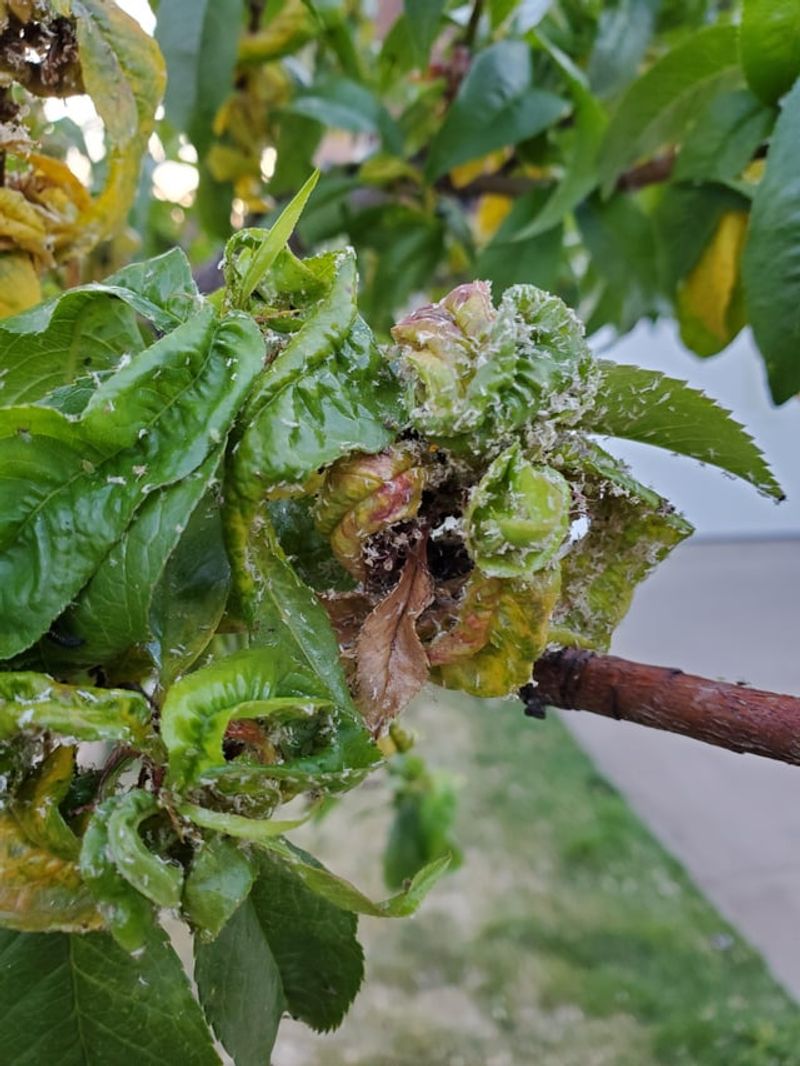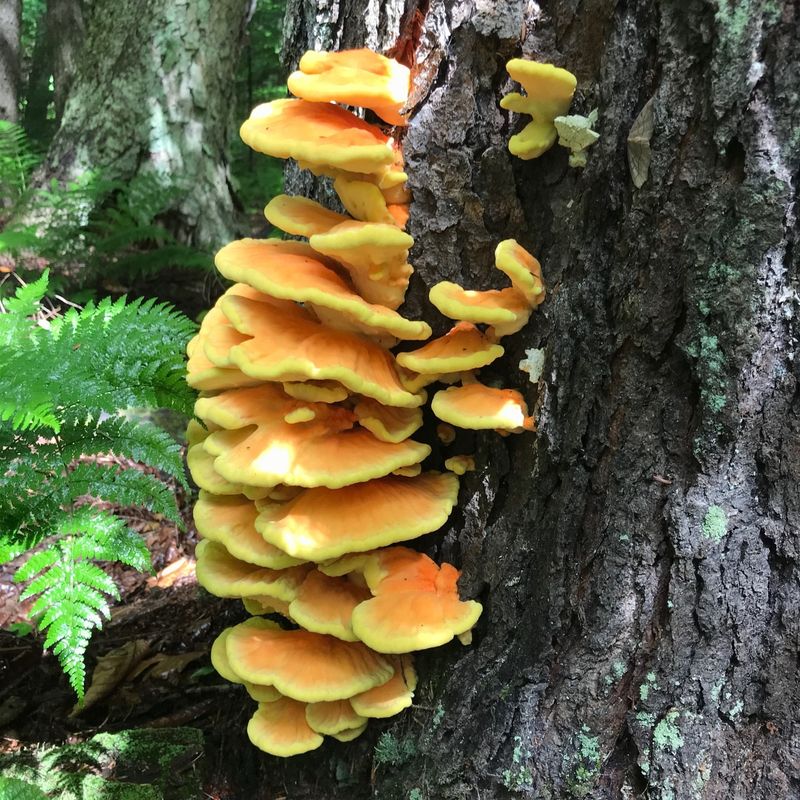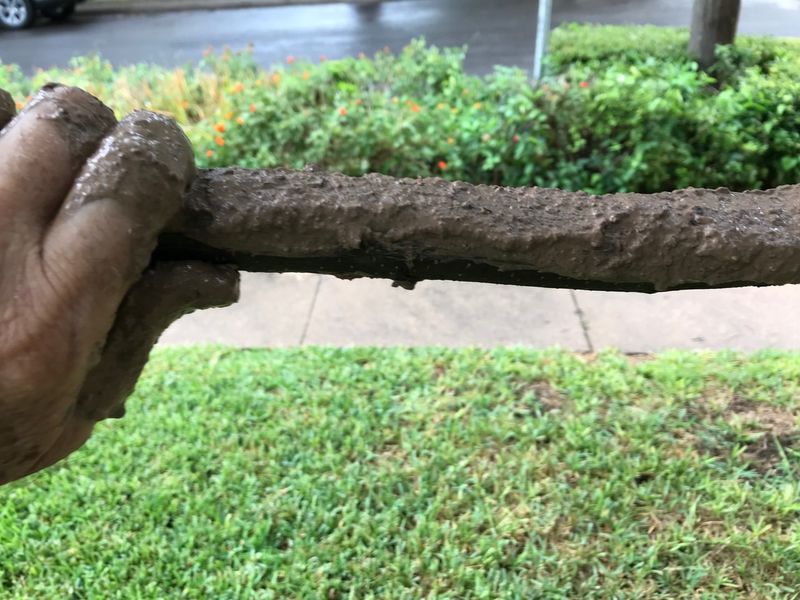Oregon’s lush landscape is dotted with beautiful trees that enhance our homes and neighborhoods. But sometimes, these gentle giants become hazards rather than assets.
Knowing when to say goodbye to a tree can protect your property, family, and even neighboring homes from potential damage or injury.
1. Leaning Tower of Timber
A tree that suddenly starts leaning is waving a red flag at you. While some trees naturally grow at an angle, a new or worsening lean often signals root damage or instability.
After heavy rains or strong winds, Oregon’s soil can shift, causing trees to tilt dangerously. If you notice your once-straight tree now resembles the Leaning Tower of Pisa, call an arborist immediately.
2. Hollow Heart Warning
Knocking on wood isn’t just for luck—it can reveal if your tree is hollow inside. A hollow trunk means the tree has lost its structural core and might collapse unexpectedly.
Large cavities or openings in the trunk are nature’s way of telling you the tree is dying from within. In Oregon’s wet climate, these hollow spaces fill with rainwater, accelerating decay and attracting pests.
3. Dead Branches Dropping
Walking under a tree shouldn’t feel like a game of dodgeball with falling limbs. Dead branches—often called “widow-makers” by loggers—can drop without warning.
During Oregon’s windy winter storms, these branches become dangerous projectiles. If more than 25% of your tree’s branches are dead or dying, it’s struggling to survive and may need removal before the next big windstorm arrives.
4. Root Rot Reality
Oregon’s famous rainfall creates perfect conditions for root rot fungi. Mushrooms growing around your tree’s base aren’t just cute forest decorations—they’re often warning signs of underground decay.
Spongy soil, fungal growth, or a visible root crown rot indicate your tree’s foundation is compromised. Once root rot takes hold, the tree loses its anchor system and becomes a tipping hazard during storms.
5. Trunk Trouble Signs
Vertical cracks and seams in your tree’s trunk spell serious trouble. These splits indicate internal structural failure that can lead to sudden breakage, especially during Oregon’s ice storms.
Peeling bark exposes the tree to pests and diseases. If you spot large sections of missing bark or deep cracks that extend into the wood, your tree is losing its protective shield and structural integrity.
6. Power Line Predicament
Trees dancing with power lines create a dangerous tango. During Oregon’s winter storms, wet branches contacting electrical lines can cause power outages, fires, or electrocution hazards.
Utility companies often trim trees near power lines, but sometimes removal is safer. If your tree’s main trunk or branches are growing directly toward power lines, removal may be the prudent choice to prevent future emergencies.
7. Foundation Friction
Tree roots are nature’s explorers, often venturing where they’re not welcome. When they sneak under your foundation, driveway, or pipes, expensive damage follows.
Large trees planted too close to homes can crack foundations and block sewer lines. In Oregon’s older neighborhoods, mature trees sometimes cause sidewalk buckling and plumbing nightmares. If roots are damaging structures, removal might save thousands in repairs.
8. Diseased and Distressed
Oregon’s native trees face numerous diseases like Sudden Oak Death and Swiss Needle Cast. Yellowing leaves, cankers, or unusual spotting out of season indicate your tree is fighting a losing battle.
Diseased trees become magnets for pests and can infect neighboring plants. Once a serious disease takes hold, removal often becomes necessary to protect the rest of your landscape from becoming a disease reservoir.
9. Storm Damage Severity
After Oregon’s winter storms, assess your trees for battle scars. Split trunks, major limb breakage, or partial uprooting require immediate attention.
While trees can recover from minor storm damage, severe structural injuries usually spell doom. If more than half the crown is damaged or the main trunk is split, recovery chances are slim. Removal prevents the damaged tree from becoming a hazard during the next storm.
10. Overcrowded Canopy Concerns
Trees need personal space just like people do. When planted too closely together, they compete for sunlight and nutrients, resulting in weak, spindly growth patterns.
In Oregon’s forests, natural thinning occurs, but yard trees need our help. Overcrowded trees develop poor branch structures and become more susceptible to disease. Sometimes removing one tree allows its neighbors to thrive, improving overall yard health.
11. Invasive Tree Takeover
Some trees in Oregon are unwelcome guests. Species like English holly, tree-of-heaven, and certain poplars spread aggressively, crowding out native plants and disrupting local ecosystems.
Invasive trees often produce thousands of seeds or send up numerous suckers. Removing these botanical bullies protects Oregon’s native landscape. Check the Oregon Invasive Species Council’s list before deciding if your problematic tree deserves a second chance.
12. Pest Infestation Problems
Boring insects like the emerald ash borer and bark beetles can turn a healthy tree into Swiss cheese from the inside out. Look for sawdust piles, exit holes in bark, or thinning foliage.
Once these tiny terrorists establish themselves, they’re difficult to evict. In Oregon’s connected forest systems, infested trees can spread pests to neighboring properties. Prompt removal of severely infested trees helps protect the broader tree community.
13. Excessive Mushroom Growth
While Oregon is famous for its mushrooms, finding them all over your tree is bad news. Shelf fungi and conks growing on trunks or major roots indicate advanced internal decay.
These mushrooms aren’t just feeding on your tree—they’re announcing its demise. Their presence means decay has already penetrated deep inside. By the time you see these fungal fruiting bodies, your tree may have already lost significant structural strength.
14. Declining Health Year After Year
Trees that show less vigor each season are sending distress signals. Smaller leaves, reduced growth, and increasing dieback indicate your tree is slowly failing.
In Oregon’s climate, healthy trees should put on consistent growth. When a tree starts producing less foliage each spring despite adequate water and care, internal systems are failing. Sometimes the kindest choice is removal, especially when recovery seems unlikely.
15. Construction Damage Consequences
Recent construction projects near trees often spell trouble. Cutting roots, compacting soil, or changing grade levels can fatally wound trees, though symptoms might take years to appear.
Trees damaged during home renovations or landscaping projects may linger for a while before declining. In Oregon’s development boom areas, construction-damaged trees pose delayed hazards. If your tree’s root zone was disturbed by heavy equipment or excavation, monitor it closely for signs of stress.

